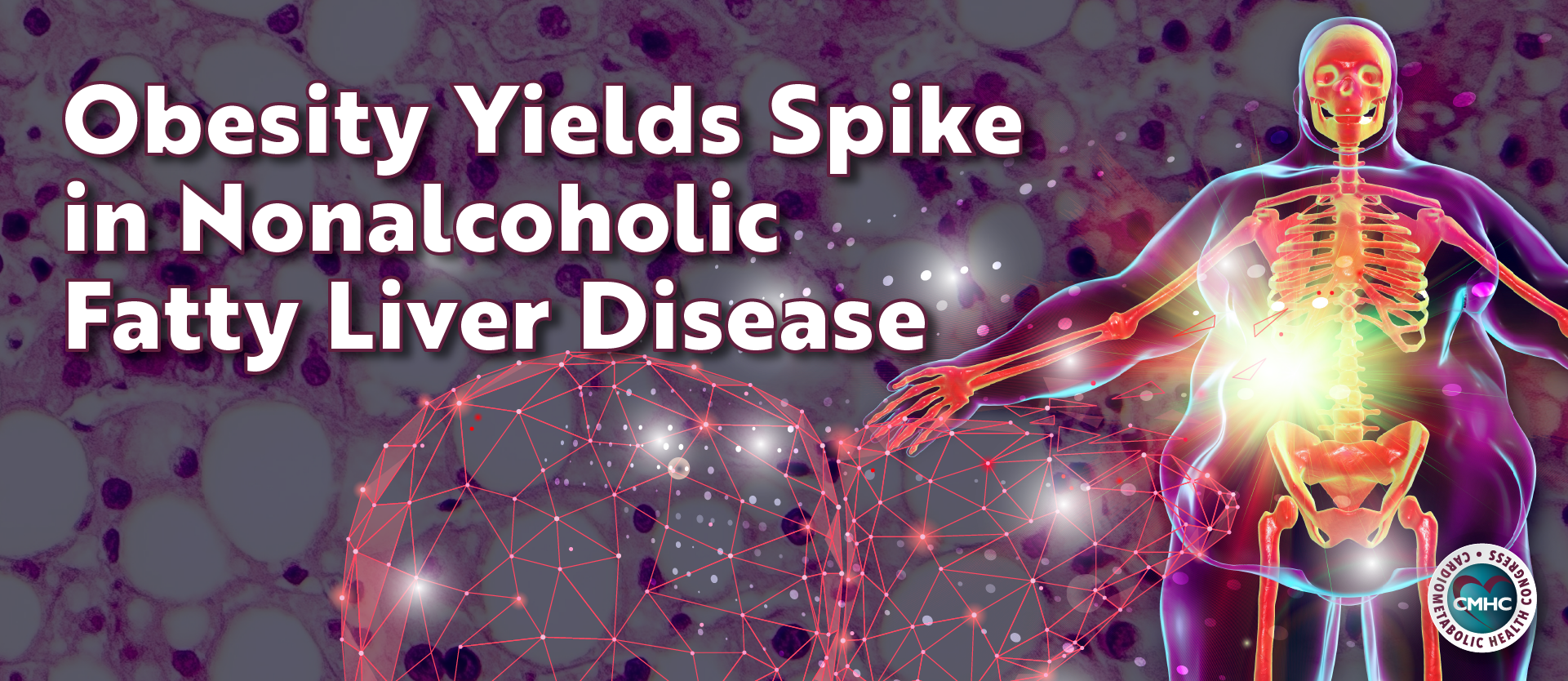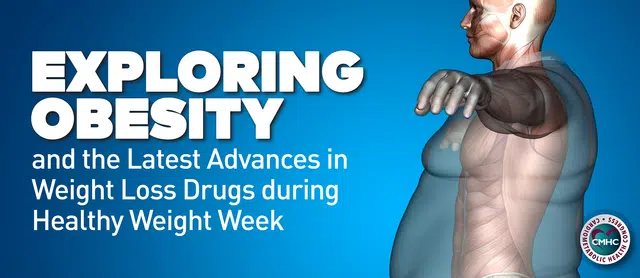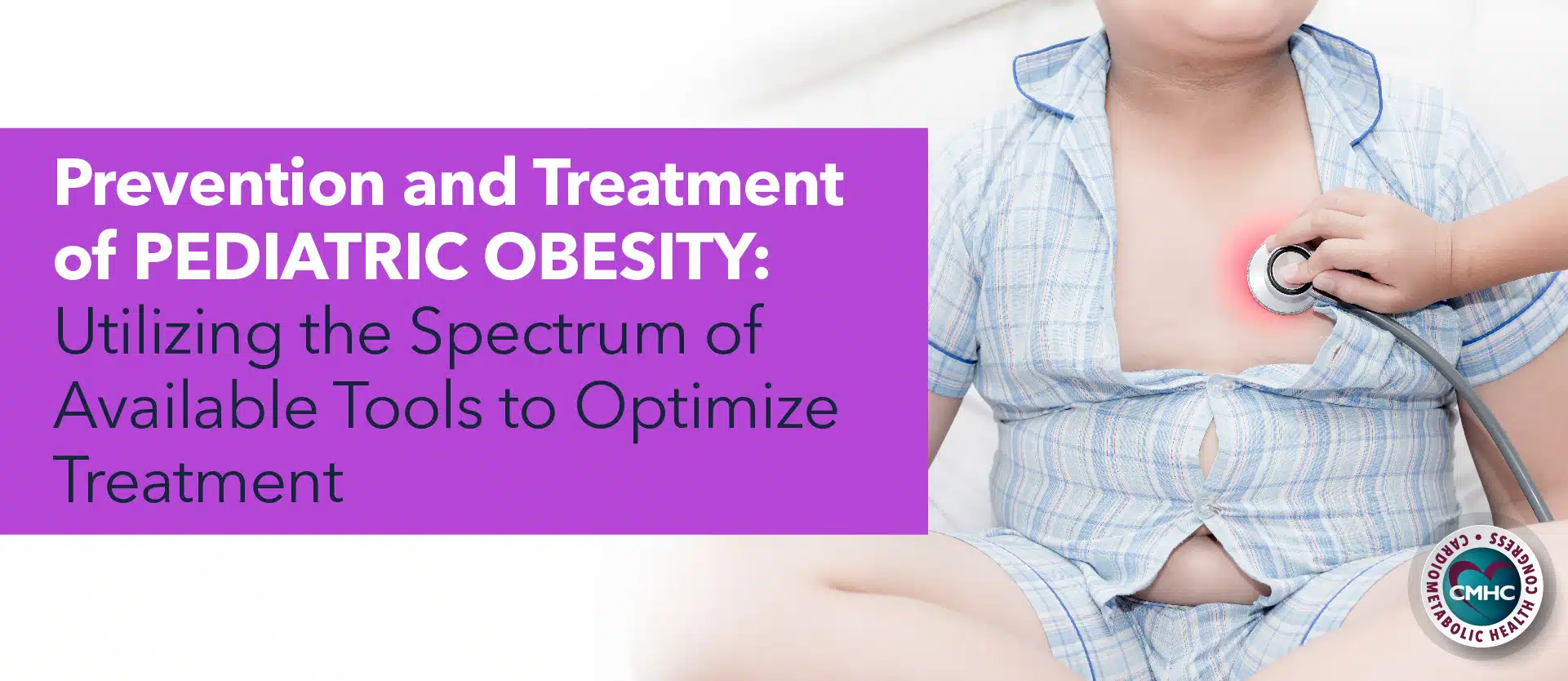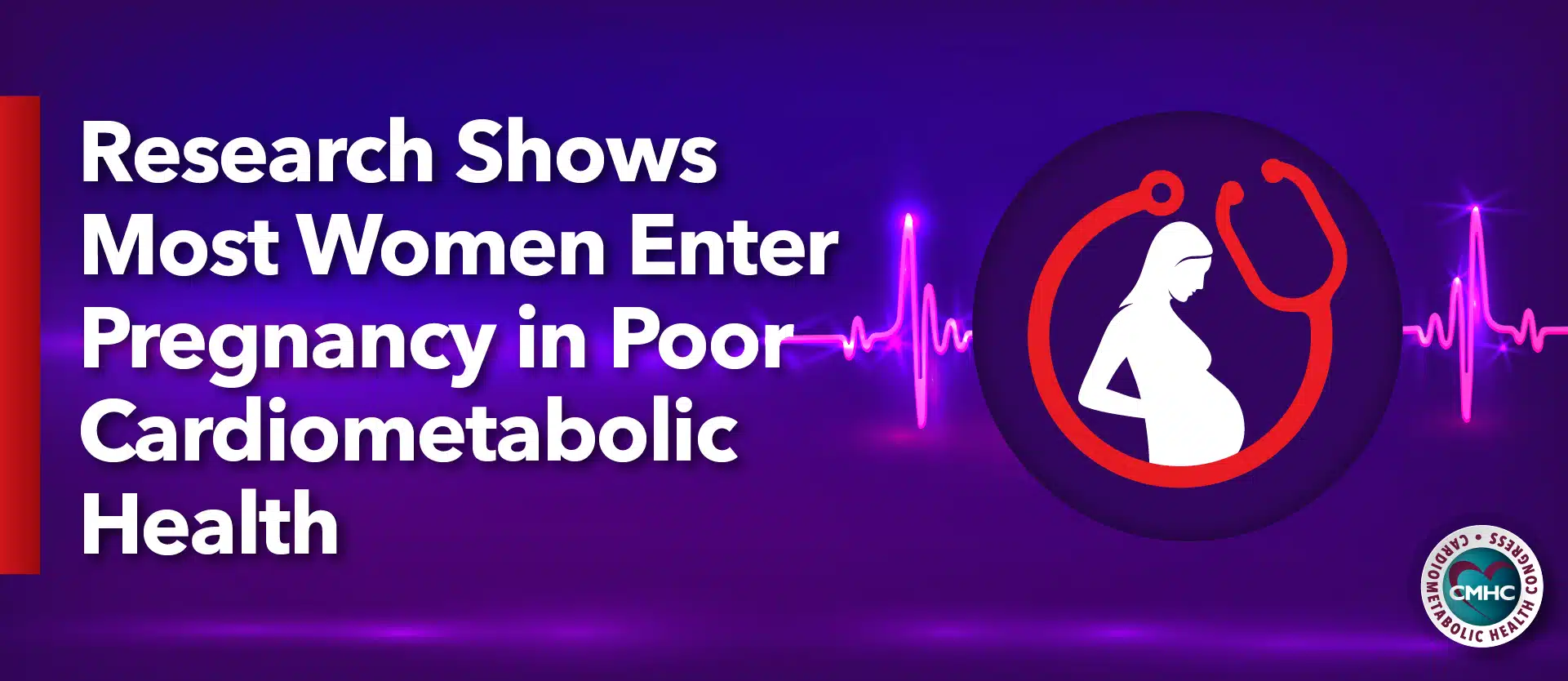At the recent annual meeting of the American College of Physicians, it was declared that nonalcoholic fatty liver disease (NAFLD) is the 21st century epidemic in liver disease—given the extraordinary growth in the disease’s prevalence, due to the related epidemics of both obesity and type 2 diabetes mellitus. Statistics indicate that the global prevalence of NAFLD is 24%; almost three-quarters of patients with NAFLD are obese. Zobair M. Younossi, MD, a gastroenterologist who serves as professor and chairman of the department of medicine at the Inova Fairfax campus of Virginia Commonwealth University, conducted a recent meta-analysis of studies from 20 countries, and concluded that the prevalence of NAFLD in individuals with T2DM was 58%.
Quoted in a recent article published in MDedge.com, Dr. Younossi stated: “The prevalence of NAFLD in U.S. kids is about 10%. This is of course part of the coming tsunami because our kids are getting obese, diabetic, and they’re going to have problems with NASH [nonalcoholic steatohepatitis].” NASH, the type of NAFLD that has the strongest prognostic implications, can ultimately progress to cirrhosis, liver failure, or hepatocellular carcinoma. Additionally, findings have demonstrated that NASH is further associated with a significantly greater risk of both liver-related and all-cause mortality than that of non-NASH NAFLD, although NAFLD carries an increased risk of cardiovascular disease: the leading cause of death in that population.
Dr. Younossi coauthored a recent study that modeled estimated trends for the NAFLD epidemic in the United States through 2030, and forecasted that the prevalence of NAFLD among adults will climb to 33.5%. Moreover, the estimates indicated that the proportion of NAFLD categorized as NASH will increase from the present 20% to 27%, resulting in a 168% jump in the incidence of decompensated cirrhosis, a 137% increase in the incidence of hepatocellular carcinoma, and a 178% increase in liver-related mortality. This will ultimately account for an estimated 78,300 deaths in 2030.
Interestingly, one of the most useful clues in diagnosing patients with NAFLD is the presence of comorbid metabolic syndrome, as it confers a significantly higher mortality risk – specifically, cardiovascular mortality – than NAFLD without metabolic syndrome. Dr. Younossi and his coinvestigators have revealed in a study of 3,613 NAFLD patients that those with one component of metabolic syndrome – including hypertension, central obesity, increased fasting plasma glucose, or hyperlipidemia – had “8- and 16-year all-cause mortality rates of 4.7% and 11.9%, nearly double the 2.6% and 6% rates in NAFLD patients with no elements of the metabolic syndrome.”
Moreover, the risk magnitude increased with each additional metabolic syndrome condition: a 3.57-fold increased mortality risk in NAFLD patients with two components of metabolic syndrome, a 5.87-fold increase in those with three, and a 13.09-fold increase in NAFLD patients with all four elements of metabolic syndrome.
A fairly recent report from the CDC has further indicated that amid the obesity epidemic, the death rate for liver cancer has increased by 43% since 2000. For adults 25 and over, mortality from liver cancer rose from 7.2 to 10.3 per 100,000 from 2000 to 2016, even as overall cancer mortality rates in the U.S. have dropped. Commenting in an article published in MedPageToday, Ghassan Abou-Alfa, MD, a medical oncologist at Memorial Sloan Kettering Cancer Center, cited NASH (due to the impacts of obesity and diabetes) as the most important risk factor for hepatocellular carcinoma (HCC) in the United States. “Unfortunately, the obesity epidemic is ongoing and is increasing, with a forecasted rate between 40% and 50% by 2030.”
SOURCES
https://www.medpagetoday.com/hematologyoncology/othercancers/74072
https://www.mdedge.com/familypracticenews/article/172852/hepatology/prepare-coming-tsunami-nafld


















